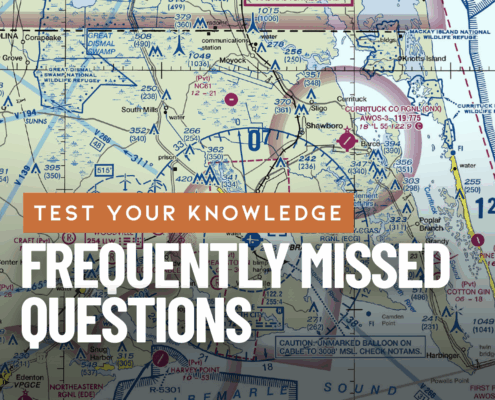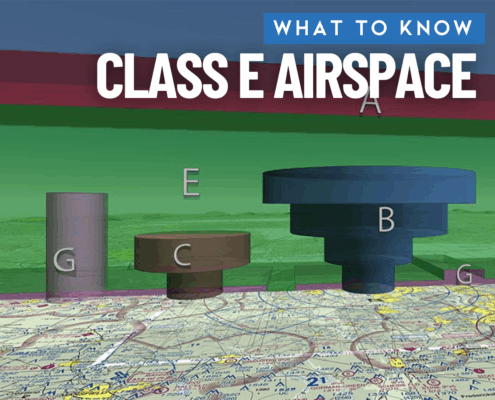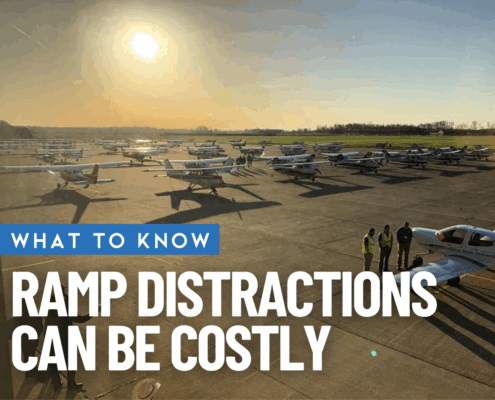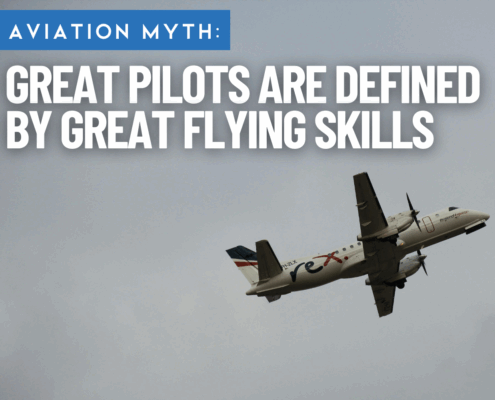
From the DPE: Teaching the Importance of Knowing the Audio Panel
/
4 Comments
Think you know your aircraft’s radios? One simple but often overlooked component—the audio panel—can make or break a flight. Learn why mastering it early is crucial for safety, communication, and confidence in the cockpit.

Sporty’s Most Frequently Missed Test Questions—Fall 2025
Airport markings, aerodynamic fundamentals, night flight rules, and even approach-and-landing technique questions topped the list of frequently missed test questions for the fall—areas that can feel simple at first glance but hold plenty of nuance.

The FAA is Conducting a Ramp Check. Now What?
You’ve just shut down, tied down, and are grabbing your flight bag when a neatly dressed individual flashes a badge and says, “Hi, I’m with the FAA.” That sound you just heard? It’s your stomach dropping. But before panic sets in, take a breath. Ramp inspections—yes, those dreaded “ramp checks”—are a normal part of the FAA’s safety oversight system. They’re not necessarily a sign that you’ve done anything wrong.

From the DPE: Why Lazy Eights Are a Challenge for Commercial Pilot Students
In this month’s From the DPE column, Jason Blair takes a deep dive into one of the most deceptively difficult maneuvers for commercial pilot students: the lazy eight. He explains why it tests not only technical skill but also energy management, coordination, and that elusive “feel” for the aircraft.

Pilot’s Guide to Class E Airspace
Class E airspace is often confusing because it's not clearly depicted on the sectional chart but it’s crucial to understand its boundaries

Distractions on the Ramp: How a Moment’s Inattention Can Cost Lives
Distractions on the ramp can be deadly. From cell phones to social media, even small lapses in attention can put pilots, passengers, and line personnel at risk. Learn how situational awareness before, during, and after flight can prevent accidents and keep everyone safe.

From the DPE: The Lost Art of Calling for a Weather Briefing
The reluctance to call for a phone briefing not only limits their understanding of weather contexts but also fosters a superficial approach to flight safety. It's time we revive this "lost art" by encouraging Certified Flight Instructors (CFIs) to integrate traditional briefings into training operations.

The biggest myth in aviation? That great pilots are defined by great flying skills.
So, the next time you’re training a student, mentoring a pilot, or in an interview and someone asks, “Tell me about a time you showed great leadership,” don’t rush to share the story where you look like a flawless hero. Your most powerful stories come from the moments where you were human, when you made a mistake, owned it, learned from it, and helped others grow because of it.

Why Every Approach Should Be a Go-Around—Until It’s Not
Most pilots learn to fly a go-around early in training, usually in calm conditions with a CFI ready to coach them through the steps. Power up, pitch up, clean up, go-around. It’s one of the standard maneuvers on the checkride, and it’s often treated like just that—a maneuver.

A Comprehensive Guide to the FAA Knowledge Test
Scheduling your FAA knowledge test is an exciting step toward…
